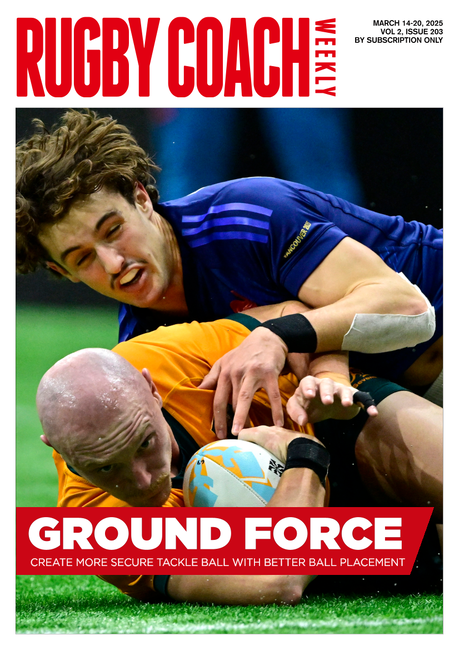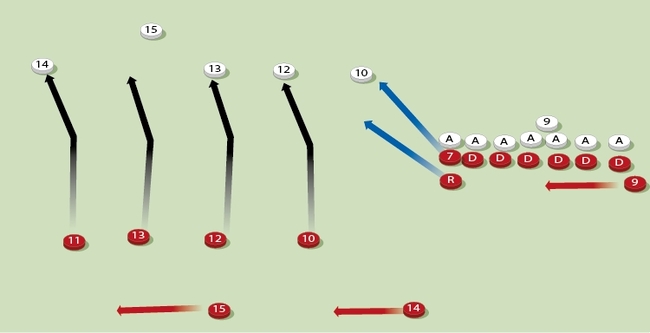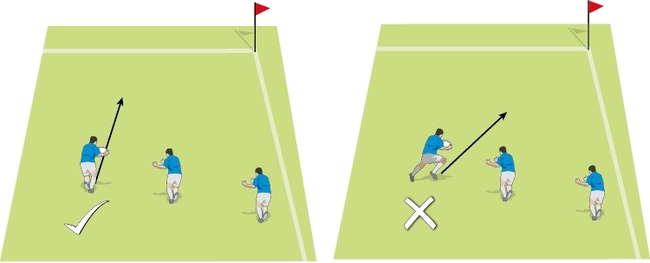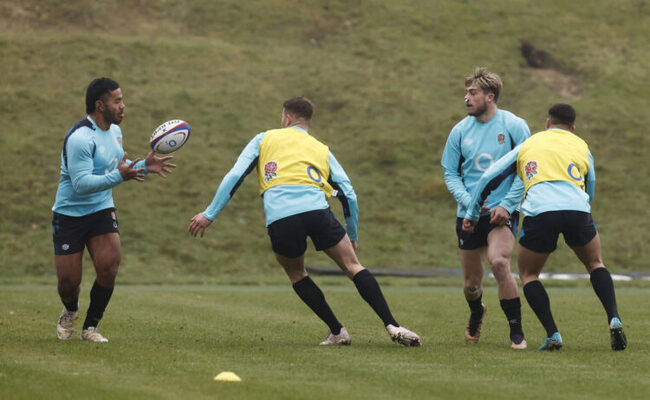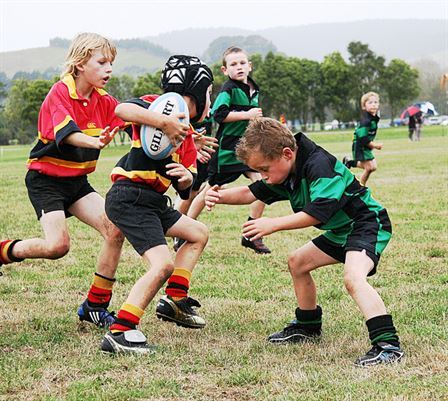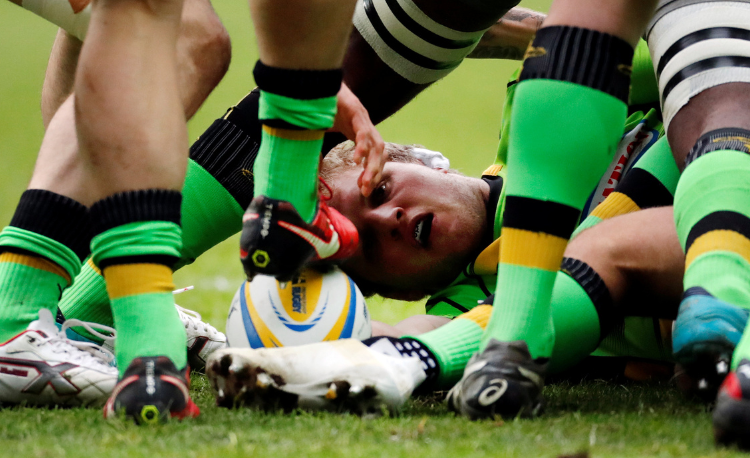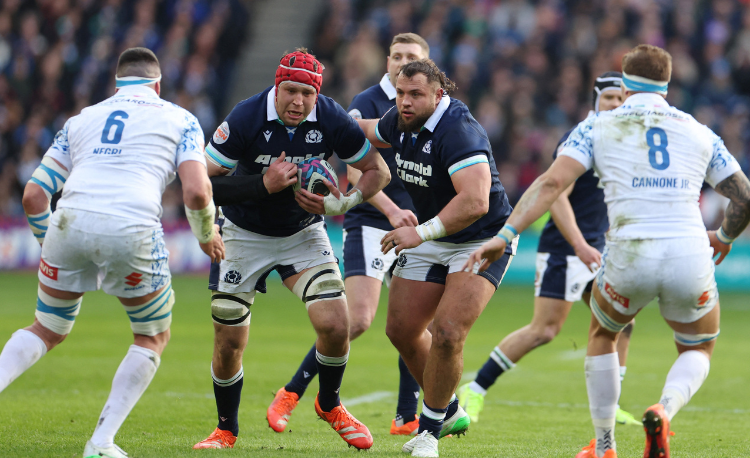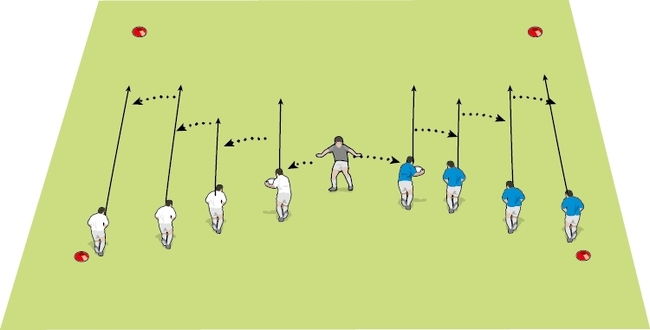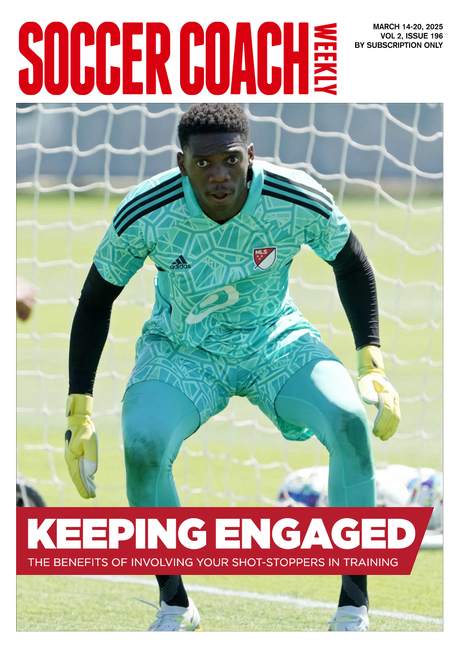Stop us being too flat in attack

Nick Howe, St Paul’s School, U13s
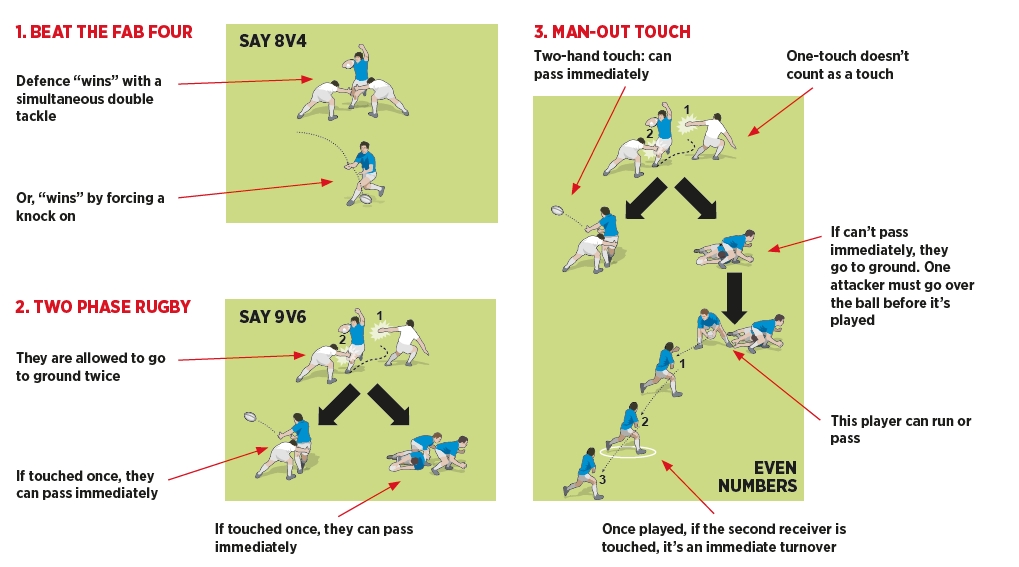
A
While you can drill alignment, it rarely transfers into matches. That’s because players don’t sense the context and therefore, when they reach the same situations in matches, they don’t recognise the cues.
The challenge is to create scenarios that are game related.
Defence first
The best scenarios create pressure, so you should work on energising the defence. They should be incentivised to put pressure on the attack. When do this, the attack will have to find better solutions. And those better solutions are: depth, speed of realignment, passing to the correct players (not just passing).
Here are three ways to work the defence
1. Beat the fab four
Split up into groups of four. Play 8 v 4. The defenders stop being defenders either when they double touch/tackle the ball carrier, or force a knock on. Otherwise, they stay as defenders for three goes. The attack has to pass if touched.
Play in a 30m box, with one phase from the edge of the box.
2. Two phase rugby
This time, in a larger box, have an overloaded attack. You can do this by splitting into groups of three. With luck you should have an odd number of groups. So, for example groups A,B, and C attack, D and E defend. Then rotate.
Kick the ball to the attacking group. They attack. If they are touched, they can pass immediately. If they are touched by two defenders or cannot pass immediately, they go to ground. Two attackers must go over the ball.
Attack from this phase with same rules as the game above.
3. Play man-out touch.
Play touch rugby, even teams. If the ball carrier is two-hand touched, they can either pass immediately (which really means they can be in the act of passing with they are touched), or go to ground and present. One attacker must go over the ball carrier on the ground. (I like to make it a turnover if they don’t do it actively and in a low body position.)
The next player to touch the ball: he can pass or run with the ball. If the opposition touch this player or the next receiver, then that’s as above. If they touch the second receiver, then it’s an immediate turnover unless that player is in the act of passing. That rule only applies to the second receiver.
Newsletter Sign Up
Coaches Testimonials

Gerald Kearney, Downtown Las Vegas Soccer Club

Paul Butler, Florida, USA

Rick Shields, Springboro, USA

Tony Green, Pierrefonds Titans, Quebec, Canada
Subscribe Today
Be a more effective, more successful rugby coach
In a recent survey 89% of subscribers said Rugby Coach Weekly makes them more confident, 91% said Rugby Coach Weekly makes them a more effective coach and 93% said Rugby Coach Weekly makes them more inspired.
Get Weekly Inspiration
All the latest techniques and approaches
Rugby Coach Weekly offers proven and easy to use rugby drills, coaching sessions, practice plans, small-sided games, warm-ups, training tips and advice.
We've been at the cutting edge of rugby coaching since we launched in 2005, creating resources for the grassroots youth coach, following best practice from around the world and insights from the professional game.


